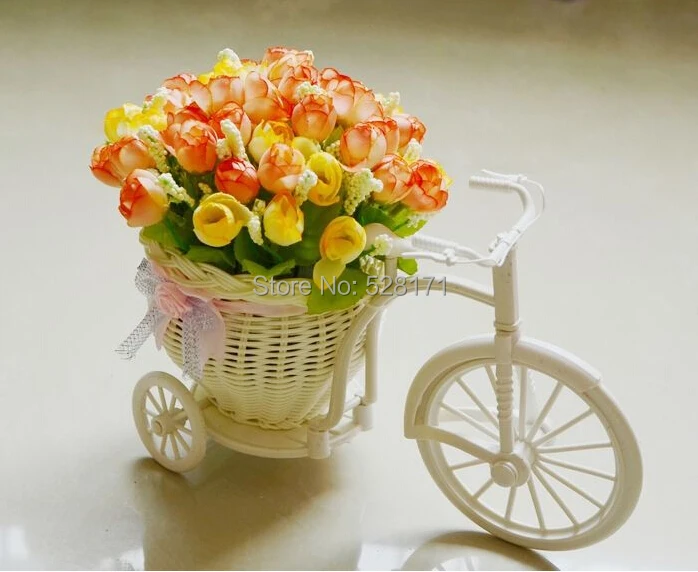البصريات
أصباغ وملونات
-
A sample of orpiment from an arsenic mine in southern Russia. Orpiment has been used to make orange pigment since ancient times in ancient Egypt, Europe and China. Romans used the mineral for trade.
-
Realgar, an arsenic sulfide mineral 1.5-2.5 Mohs hardness, is highly toxic. It was used since ancient times until the 19th century to make red-orange pigment, as a poison, and a medicine.
-
A sample of crocoite crystals from Dundas extended mine in Tasmania. Discovered in 1797 by the French chemist Louis Vauquelin, it was used to make the first synthetic orange pigment, chrome orange, used by Pierre-August Renoir and other painters.
-
Saffron, made from the hand-picked stigmas of the crocus sativus flower, is used both as a dye and a spice.
-
The crocus sativus flower, showing the tiny stigmas used to make saffron.
-
The Curcuma longa plant is used to make turmeric, a common and less expensive substitute for saffron as a dye and colour.
-
Turmeric powder, first used as a dye, and later as a medicine and spice in South Asian cuisine.
أزهار برتقالية
-
A field of California poppies
-
The dahlia
-
An orange rose
-
buds of the butterfly weed, or asclepias tuberosa
-
Heliconia psittacorum, or Parrot’s Flower, is a perennial herb native to the Caribbean and northern South America.
-








































